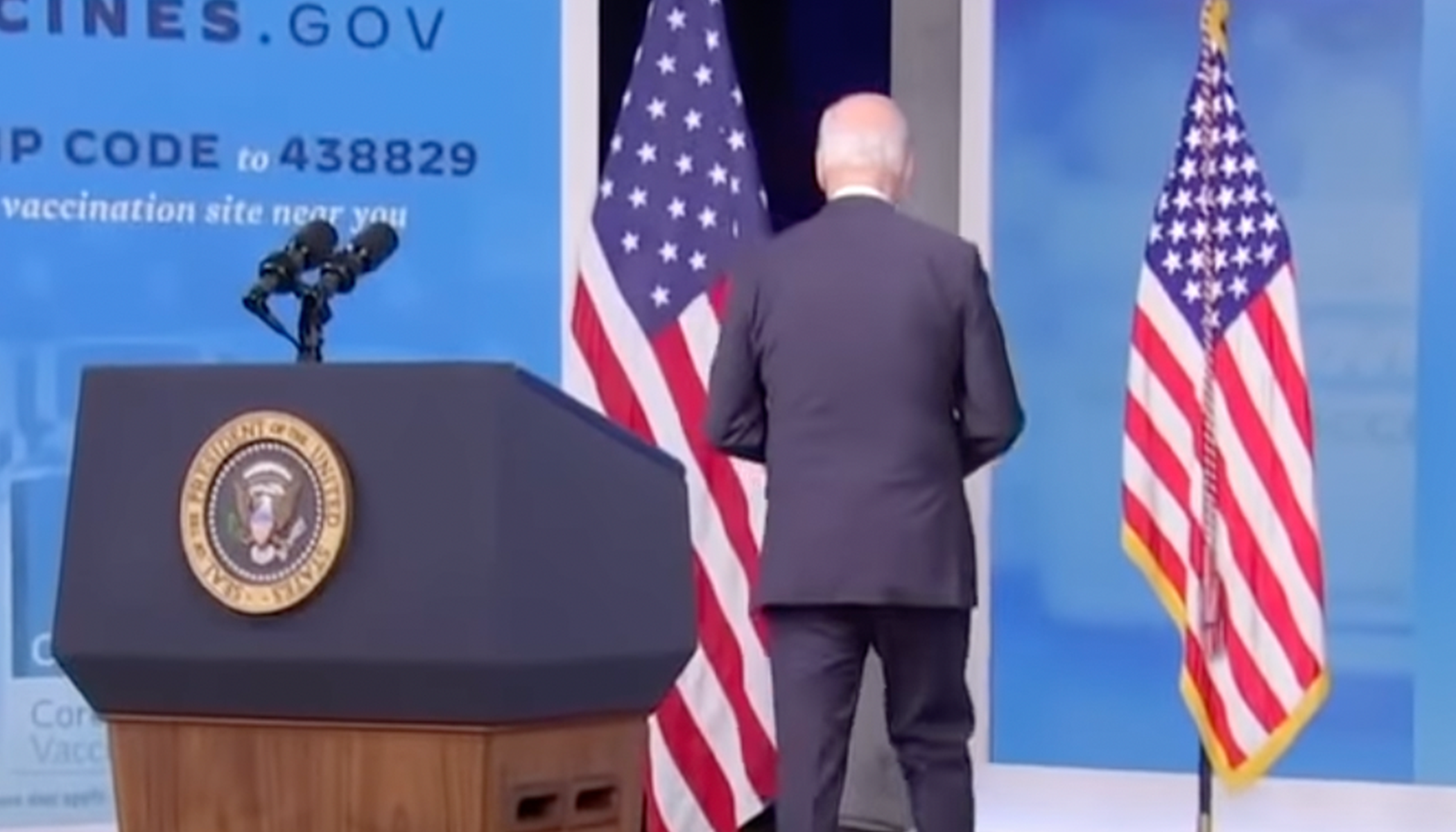Supreme Court's Ruling on Agency Authority: Why It Matters
In a decisive turn, the U.S. Supreme Court has dramatically altered the landscape of federal regulatory authority, CBS News reported.
This landmark decision repeals the Chevron deference, impacting how laws will be interpreted and affecting regulations across various sectors.
The Supreme Court decided the case last Friday and overturned the Chevron deference, a doctrine that had been in place for nearly four decades. This doctrine had previously mandated that federal courts defer to agencies’ interpretations of ambiguous statutes.
A Deep Dive Into Chevron’s Historical Context
A 1984 Supreme Court ruling in the case of Chevron v. National Resources Defense Council originated the Chevron deference. The Court established it to provide agencies with the authority to interpret uncertain laws under the Clean Air Act.
Despite its widespread application, the Supreme Court had not employed the Chevron doctrine in any rulings since 2016, leading to speculation about its future viability.
A sharply divided Court made last week's decision along ideological lines, with a 6-3 majority favoring the overturn. Chief Justice Roberts authored the majority opinion, stating that courts must now exercise independent judgment on the interpretation of laws rather than relying on agency expertise.
Implications for Federal Regulation
The ruling immediately reduces the power of federal agencies to regulate industries and policies without explicit statutory clarity. This shift affects key areas such as environmental protection, health care, and labor laws.
Justice Ketanji Brown Jackson did not participate in deliberating one of the key cases, namely Loper Bright Enterprises v. Raimondo. The other pivotal case, Relentless v. Department of Commerce, also played a central role in this ruling.
The majority opinion emphasized that the Administrative Procedure Act requires courts to interpret statutes independently without deferring to agency interpretations that are not explicitly clear.
The Judiciary’s Increased Role
In her dissent, Justice Elena Kagan criticized the majority's decision for potentially increasing the judiciary's power over regulatory law. She highlighted the risks of entrusting the courts solely with decisions that have significant policy and expert-driven implications.
Kagan argued that this shift could disrupt the implementation of laws across several domains, from environmental policies to health care and financial regulations.
She echoed her concerns in her statements about the potential repercussions on pressing issues like climate change and the development of artificial intelligence.
Broader Consequences of the Decision
Chief Justice Roberts justified the overturn by stating that Chevron was a "judicial invention" that undermined the statutory responsibilities of judges. He argued that the independence of judiciary interpretation is crucial for maintaining checks and balances.
Conversely, Justice Kagan warned that the decision would introduce significant disruption by casting doubt on longstanding agency practices and their ability to interpret statutes. She described the ruling as giving the court "exclusive power over every open issue," regardless of the expertise required.
The debate between the justices reflects broader concerns about the balance of power between the branches of government and the future landscape of federal regulatory authority.
Reflections and Reactions
Legal experts and scholars are now debating the potential long-term effects of this decision. Many predict that it will lead to increased litigation as agencies and affected parties seek clarity on regulatory mandates.
This ruling could also prompt Congress to specify more detailed guidelines in legislation to avoid ambiguity that previously might have been left to agency discretion.
The Supreme Court's decision is poised to reshape not only future regulatory frameworks but also the dynamics of how federal authority is exercised in the United States.
Concluding Thoughts on the Supreme Court's Shift
In conclusion, the Supreme Court's ruling to abolish the Chevron deference marks a pivotal shift in federal regulatory practice. This decision emphasizes judicial independence and redefines the landscape of how laws will be interpreted across various governmental agencies, potentially affecting every facet of American life from the environment to the economy.




